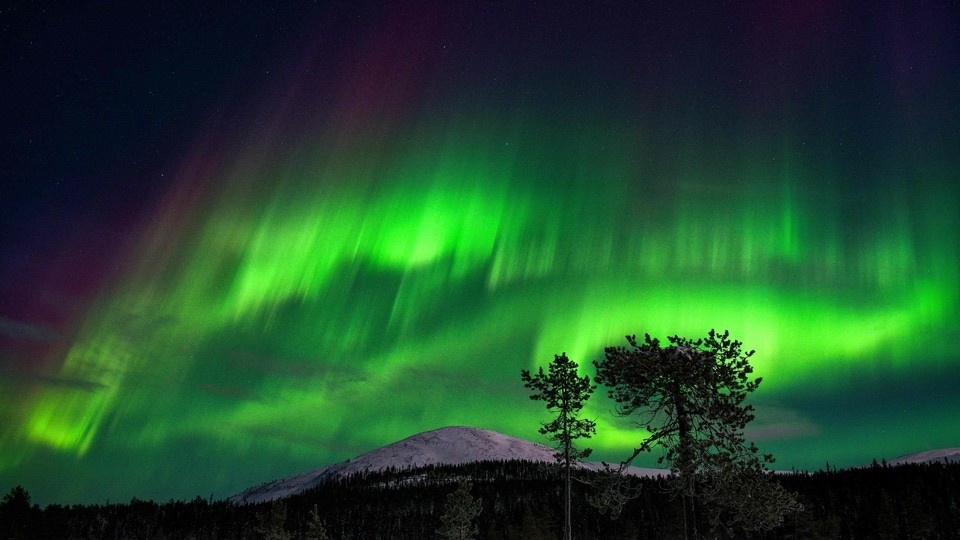NASA: Strong Solar Storm set to hit Earth today, spark dazzling auroras
A strong solar storm is set to hit Earth today and its impact will show in the brilliant auroras, NASA revealed. Check the details here.

The National Aeronautics Space Agency (NASA) has confirmed and issued a warning about a strong solar storm impact on Earth today, which is March 28. According to the space agency, this strong solar storm is expected to strike the Earth's atmosphere above the UK. A solar storm is caused when the Sun shoots electromagnetic particles or solar outbursts from its surface. And these bursts of energy are shot into space turning into solar storms that sometimes have the potential to destroy all communications networks on Earth - from mobile phones, satellites to power grids.
However, there is a bit of discrepancy regarding the exact time the solar storm will hit Earth. The US National Oceanic and Atmospheric Administration (NOAA), on its part, has predicted a different time for the solar storm's collision with Earth. Based on NASA's prediction of a solar flare collision with Earth at midnight on March 28 whereas America's NOAA estimated this to happen 18 hours ago from NASA's prediction. Dr. Tamitha Skov, the popular space weather forecaster, has shared the information regarding the solar storm a few days ago in her online forecasts.
Tamitha tweeted about the coming solar storm and her tweet reads, “Fast Hit or Slow? An Earth-directed #solarstorm is on its way to Earth, but NASA & NOAA predictions disagree on impact time. NASA says the impact will be near midnight March 28, but NOAA believes 18 hours earlier. Either way #aurora could reach to mid-latitudes! (sic)”
What will this solar storm hit on Earth?
She predicted the solar storm will hit GPS reception and high-frequency radio reception and it may cause some problems. Besides that, she th solar storm to spark dazzling auroras all the way down to the mid-latitudes, especially in the regions near the UK. She further mentioned that the auroras can be seen in regions such as New Zealand and Tasmania at the South Pole too due to sufficient darkness in these areas.
Recently, she shared several images of some fascinating auroras in these regions from the Twitterati. One of the tweets mentions, "Best Aurora of the year (so far) at Butchers Dam, Alexandra last night," while another tweeted “Nice healthy band growing in ND. Seeing it on @NoDDAC_cameras … Oh btw, that band is overhead in Northern MB. We're speeding now to our foregrounds we scouted earlier.”
Catch all the Latest Tech News, Mobile News, Laptop News, Gaming news, Wearables News , How To News, also keep up with us on Whatsapp channel,Twitter, Facebook, Google News, and Instagram. For our latest videos, subscribe to our YouTube channel.
































